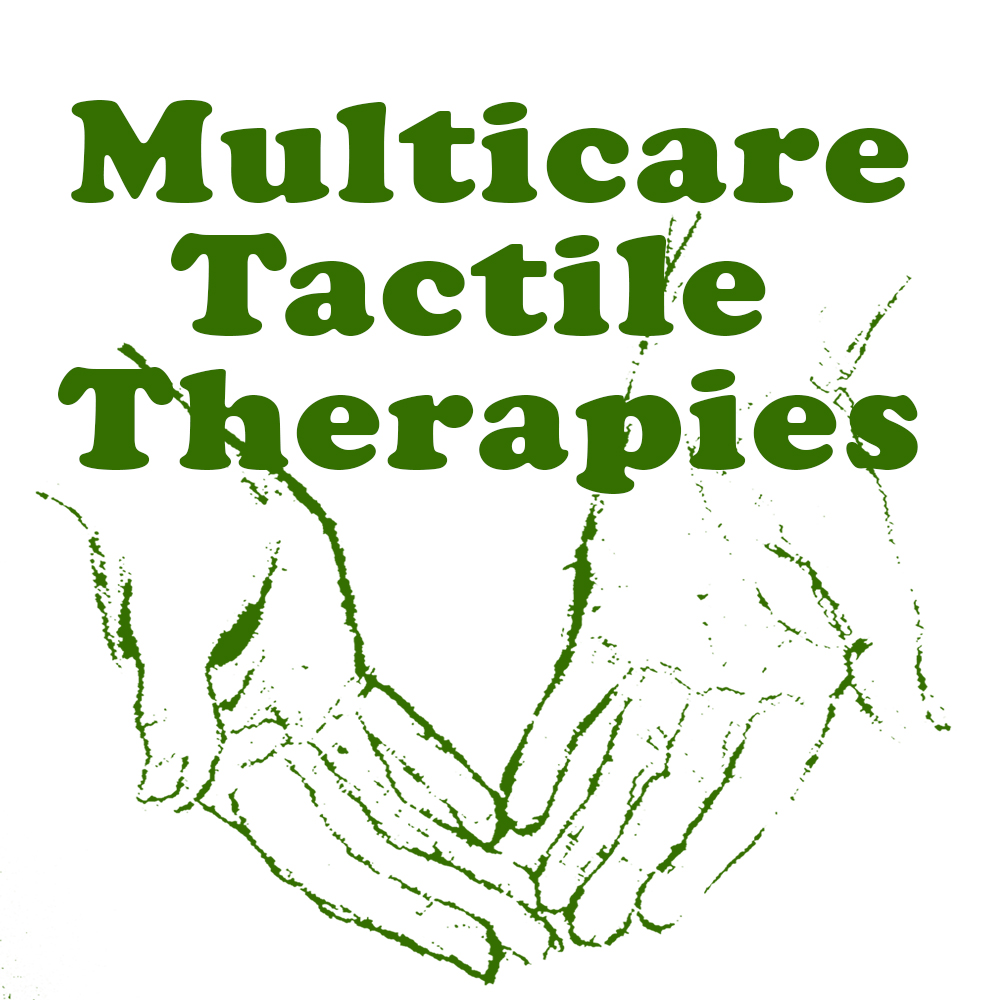What is Text Neck?
The term ‘text neck’ is a repetitive stress injury and pain sustained from excessive watching or texting on handheld devices for long periods.
If you could imagine placing a bowling ball on a baseball bat, the forces required to maintain good posture are pretty clear.
Technology is a prominent part of life for people of all ages; however, ‘text neck’ and the ‘iPad hunch’ are increasingly common pain issues. The impact of tilting your head forward in terms of force on your neck in a normal standing position can be explained in this way. For a healthy adult head, the weight is normally 4.5 to 5.4 kg.
The term text neck relates directly to the spine while the head is tilted forward. The varying degrees when the head tilts forward the forces on the neck problem:
– at 15 degrees 12.2 kilograms
– at 30 degrees 18.1 kilograms,
– at 45 degrees 22.2 kilograms and
– at 60 degrees 27.2 kilograms.
Most people are spending an average of 2-4 hours every day looking at their phones and mobile devices — this equates to between 700-1400 hours per year. For people, especially teenagers, create a constant strain on their cervical area.
Teenagers become so absorbed in a game or a text conversation that they bend and twist over their device, and this places considerable pressure on their neck. And because they are spending long hours at a time while their spines are still developing, a surprising number are experiencing unpleasant pain after too many hours bent over a screen.
A primary concern with children, since their heads are more significant in relation to their body size. Then they are in danger of neck and shoulder pain because of the consistent use of smartphones.
Meanwhile, parents are often confused by the frequency and urgency of the pain experienced because they continue to be involved in sports or other outside activity.
Growing pains and muscular strains are often attributable to the pain, which typically resolves in time. As long as some stretching and reduced time on mobile phones is enforced. If pain continues and anti-inflammatory drugs don’t provide relief, the family should seek a medical assessment.
A clinical exam should provide the following:
• Location of the pain
• Muscle spasm
• Cervical and thoracic spine range of motion
• Neck and shoulder muscle tightness
• Muscle strength in the neck and shoulders
• Reflexes
• Sensation in the arms and fingers
The research found that teenagers with poor postures have a higher association with depression and anxiety compared to those who are more physically active, which many attribute to a more upright position.
However, the relevant association between neck posture and neck pain is connected to the length of time spent on advice rather than the actual neck position. Included are stress and other psychological factors that may contribute to the pain experienced.
The real issue is how long teenagers spend in any one position, even in the “neutral spine” position. Spend less time in any one spot and give your neck and shoulders frequent breaks when texting or working at a computer. The primary advice is to get up and move.

